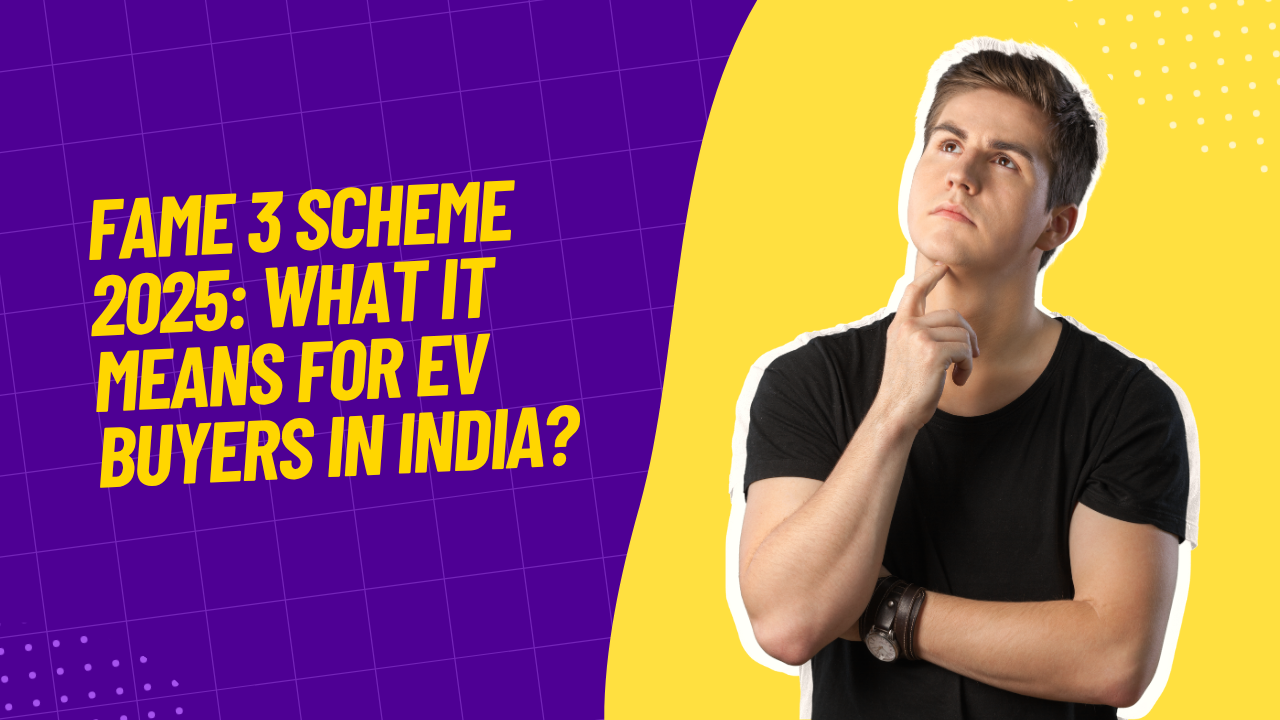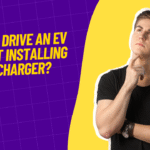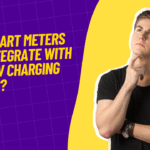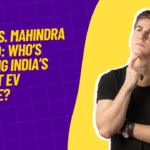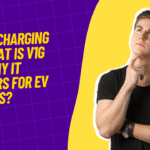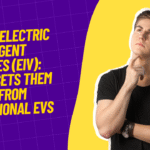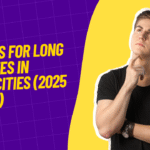India’s transition toward sustainable mobility has been strongly driven by policy support, especially under the FAME (Faster Adoption and Manufacturing of Hybrid and Electric Vehicles) initiative. After the foundational phase of FAME 1 and the significant acceleration under FAME 2, the government has now launched FAME 3 Scheme 2025 to deepen EV adoption, expand charging infrastructure, and push local EV manufacturing.
But what exactly does FAME 3 offer? How does it differ from previous phases? And more importantly, what do these changes mean for EV buyers across India?
This article provides a comprehensive overview of the FAME 3 scheme, outlining its impact on EV pricing, benefits for buyers, eligibility criteria, and the long-term implications for India’s electric vehicle ecosystem.
What is FAME 3 Scheme 2025?
FAME 3 is the third phase of the government’s EV incentive program designed to promote the adoption of clean mobility in India. Officially launched in April 2025, FAME 3 comes with a significantly larger budget and broader goals than its predecessors.
The objectives of FAME 3 include:
- Increasing EV adoption in both urban and rural areas
- Strengthening EV charging and battery-swapping infrastructure
- Promoting domestic manufacturing of EVs and key components
- Supporting electric public transport and delivery fleets
- Reducing vehicle costs for end-users through direct subsidies
Key Differences Between FAME 1, FAME 2, and FAME 3
| Feature | FAME 1 (2015–2019) | FAME 2 (2019–2024) | FAME 3 (2025–2030) |
|---|---|---|---|
| Total Budget | ₹895 crore | ₹10,000 crore | ₹12,000 crore |
| Primary Focus | Initial awareness, pilot projects | Mass adoption, commercial EVs | Public transport, rural EVs, infrastructure |
| Charging Infrastructure | Minimal support | Moderate focus | High priority |
| Rural Penetration | Not targeted | Limited | Strong push |
| Battery Swapping | Not included | Small pilot programs | Extensive rollout plan |
| Local Manufacturing | Not mandatory | Encouraged | Mandatory component sourcing from India |
Subsidy Breakdown Under FAME 3
FAME 3 provides direct financial assistance to eligible buyers based on the vehicle category. Here’s a breakdown:
Electric Two-Wheelers (e-bikes and scooters)
- Subsidy: ₹10,000 to ₹25,000 per vehicle
- Eligibility: Minimum 40 km range, battery capacity of at least 2 kWh
- Additional bonus: ₹5,000 for vehicles using locally manufactured battery packs
Electric Three-Wheelers (e-rickshaws, cargo vehicles)
- Subsidy: ₹50,000 to ₹80,000 per vehicle
- Special provision: ₹20,000 support for battery-swapping-compatible models
Electric Four-Wheelers (cars under ₹15 lakh)
- Subsidy: Up to ₹1.5 lakh
- Eligible models: Tata Punch EV, Tata Tiago.ev, Citroën ë-C3, MG Comet EV, and similar
- Price cap: Vehicles priced above ₹15 lakh are not eligible
Electric Buses and Fleets
- Subsidy: ₹20 lakh to ₹50 lakh depending on vehicle capacity and range
- Target users: Government transport bodies, school buses, commercial fleets
Charging Infrastructure Under FAME 3
FAME 3 addresses one of the major barriers to EV adoption in India — lack of accessible and affordable charging options.
Key infrastructure initiatives include:
- ₹2,000 crore allocated for installing 1 lakh public charging stations
- Focus areas: highways, bus depots, metro stations, malls, and residential complexes
- Priority states: Delhi, Maharashtra, Karnataka, Tamil Nadu, Gujarat
- Incentives for private companies to build battery-swapping stations
- Launch of a centralized FAME Infra App for real-time charger availability
Promoting EVs in Rural India
Unlike previous policies, FAME 3 specifically focuses on rural adoption to ensure that the EV revolution reaches beyond cities.
Key initiatives include:
- Subsidies for agricultural EVs, e-rickshaws, and cargo carriers
- Tie-ups with cooperative banks and NBFCs for low-interest loans
- Establishment of solar-powered rural charging kiosks
- Incentives for rural entrepreneurs to open EV service centers
Local Manufacturing Requirements
To support the “Make in India” vision and reduce import dependence:
- At least 50 percent of the components in subsidized EVs must be manufactured in India
- Batteries should be assembled locally and meet performance standards
- Manufacturers must comply with recycling policies for batteries and components
- New R&D incentives for battery technology and lightweight vehicle design
Eligibility Criteria for Buyers
To claim the FAME 3 subsidy, you must meet the following criteria:
- Be an Indian citizen with valid identification and address proof
- Purchase an EV listed on the official DHI-approved models list
- Buy the EV from a registered dealership recognized under the scheme
- The EV must meet performance parameters such as minimum range and top speed
- Vehicle price should fall under the subsidy cap for its category
How to Claim the FAME 3 Subsidy?
The process of claiming FAME 3 subsidy is streamlined for buyers. Here’s how it works:
- Choose an EV model listed on the DHI/FAME 3 portal
- Purchase from an authorized dealer who is registered under the scheme
- Provide KYC documents: Aadhaar, PAN, and address proof
- Dealer will apply the subsidy as an upfront discount
- The dealer is reimbursed by the government through the online FAME portal
There is no need for the buyer to file any post-purchase claim.
State-wise Top-up Incentives Over FAME 3
Many Indian states offer additional subsidies, tax exemptions, and perks beyond the central FAME 3 scheme.
| State | Additional Benefits |
|---|---|
| Delhi | No road tax or registration fees; ₹5,000 battery swap bonus |
| Maharashtra | ₹25,000 top-up subsidy for two-wheelers |
| Gujarat | Interest subsidies on EV loans |
| Tamil Nadu | Infrastructure capital support for setting up charging stations |
| Telangana | 100% road tax waiver; priority parking for EVs |
Price Impact: Pre vs Post FAME 3 Subsidy
Let’s analyze the cost impact for a typical budget EV buyer in 2025.
Example: Tata Punch EV Creative variant
| Particular | Price (₹) |
|---|---|
| Ex-showroom Price | 12,50,000 |
| FAME 3 Subsidy | -1,50,000 |
| State Subsidy (Delhi) | -25,000 |
| Final Price After Subsidies | 10,75,000 |
Net savings: ₹1.75 lakh
This makes several EVs significantly more accessible, especially to first-time buyers.
Impact on India’s EV Market
FAME 3 is expected to have a far-reaching impact:
- Accelerate EV adoption in Tier 2 and Tier 3 cities
- Reduce vehicle costs, narrowing the price gap with petrol and diesel alternatives
- Create business opportunities in charging, servicing, and logistics
- Boost domestic manufacturing and employment in the EV sector
- Contribute significantly to India’s net-zero emissions goal by 2070
Conclusion
The FAME 3 Scheme 2025 is a bold step forward for India’s EV journey. With a focus on affordability, infrastructure, rural penetration, and local production, it creates a robust ecosystem for sustainable transportation.
For buyers, this means reduced upfront prices, lower running costs, and a broader range of EV options — all backed by state and central support. Whether you’re a daily commuter, a business owner, or a rural transporter, FAME 3 makes 2025 the best time yet to switch to electric mobility.
Frequently Asked Questions (FAQs)
Q1. What is the duration of the FAME 3 scheme?
FAME 3 is valid from April 2025 to March 2030, with periodic reviews and budget allocations.
Q2. Can I claim FAME 3 subsidy on second-hand EVs?
No. Only brand-new EVs purchased from authorized dealers are eligible under the scheme.
Q3. Are hybrid vehicles included in FAME 3?
No. Only fully electric vehicles are covered. Hybrids and mild hybrids are not eligible for subsidies.
Q4. How do I verify if an EV is eligible under FAME 3?
Visit the official DHI or FAME 3 website and check the list of approved models before buying.
Q5. Does FAME 3 support battery swapping?
Yes. FAME 3 includes financial support for battery swapping-compatible vehicles and infrastructure.
Q6. Is there a cap on vehicle price for subsidy eligibility?
Yes. For four-wheelers, only vehicles priced under ₹15 lakh are eligible for the central subsidy.
Q7. Are charging stations also covered under FAME 3?
Yes. FAME 3 includes significant funding for setting up new public charging stations and battery-swapping hubs.
